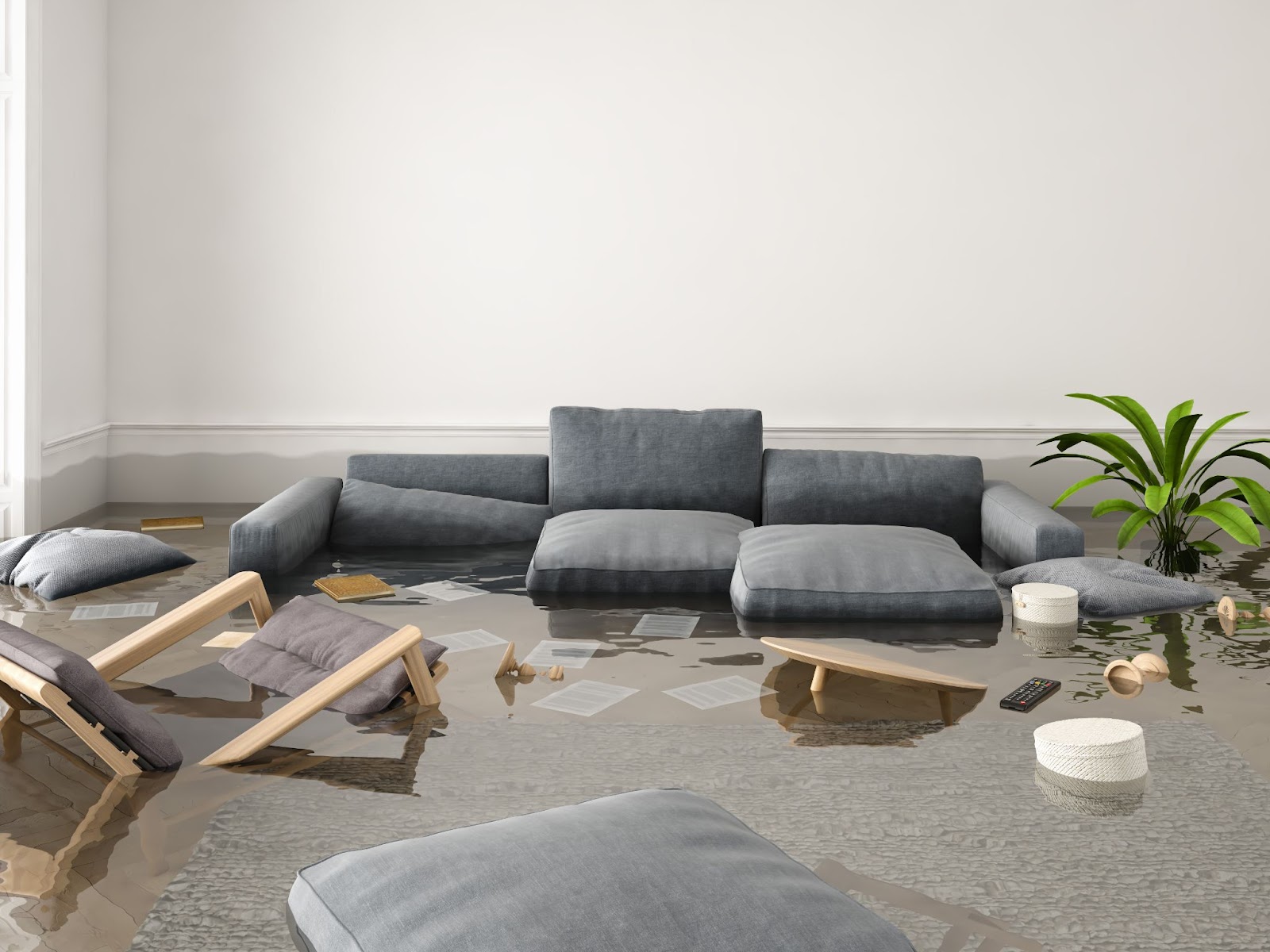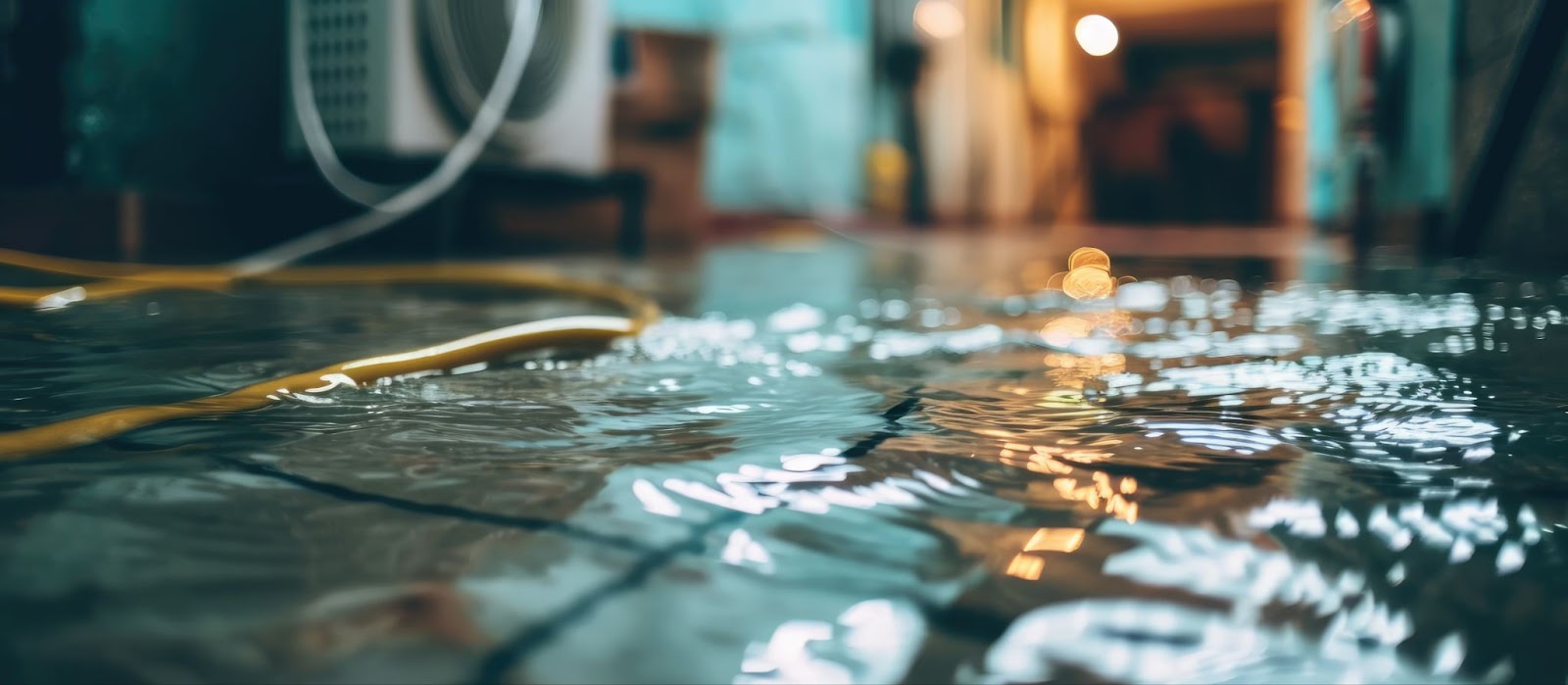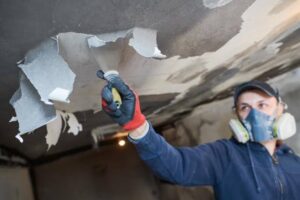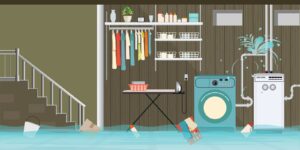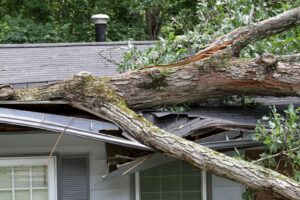Flood damage restoration is a critical process determining how quickly your home or property recovers after a flood or other significant water event. Whether it’s caused by a burst pipe, heavy rainfall, or natural flooding, the restoration process plays a vital role in mitigating damage and ensuring that your property returns to its pre-flood condition.
The timeline for flood damage restoration depends on several factors, including the extent of the damage, the type of water involved, and how quickly the restoration process begins. While the urgency of dealing with water damage is paramount, understanding the general timeline can help you set realistic expectations and plan accordingly.
In this sample timeline, we’ll break down the typical phases of flood damage restoration, from the immediate response within the first 24-48 hours to the detailed assessment and reconstruction work in the following weeks. This guideline is an example; your timeline and costs may look different depending on the severity of your situation.
Immediate response: The first 24-48 hours
The first 24-48 hours following a flood are crucial for initiating flood damage restoration, as immediate action is necessary to prevent further damage and begin the drying process.
Assessing the Situation
Assessing the situation is a vital step in flood damage restoration, as it involves evaluating the extent of water intrusion and identifying the areas most affected. This process helps determine the severity of the damage, the type of water involved (clean, gray, or black), and the necessary steps for effective restoration.
Water extraction and drying
Water extraction and drying are important steps in flood damage restoration, as they prevent further deterioration of the affected areas and help mitigate the risk of mold growth. The process begins with removing standing water using powerful pumps and wet vacuums, followed by extracting moisture from saturated materials like carpets, furniture, and drywall.
After the bulk of the water is removed, industrial-grade dehumidifiers and high-speed air movers are deployed to dry out the space thoroughly. This stage is crucial for preventing long-term structural damage and ensuring that the environment is safe and ready for the subsequent restoration phases.
Day 3-7: Detailed assessment and initial restoration work
During days three to seven, a detailed assessment is conducted, and initial restoration work begins, focusing on addressing any structural issues and preventing further damage.
Detailed damage assessment
During the detailed damage assessment phase after a home flood, professionals thoroughly inspect the property to determine the full extent of the flood damage. This involves evaluating the structural integrity of the building, checking for hidden water damage in areas like walls, floors, and ceilings, and identifying any potential hazards such as electrical issues or weakened supports. The goal of this assessment is to create a comprehensive plan for restoration, ensuring that all affected areas are addressed to prevent long-term issues.
Additionally, this phase includes documenting the damage for insurance purposes. Detailed records, including photographs and written descriptions, are compiled to provide a clear understanding of the work required and to support the insurance claims process. By accurately assessing the damage, the restoration team can prioritize tasks, allocate resources effectively, and provide homeowners with a realistic timeline for the restoration process.
Initial cleaning and mold prevention
The initial cleaning phase is necessary to prevent further damage and reduce the risk of mold growth. During this stage, any remaining debris and water-soaked materials are removed from the property. Surfaces that have come into contact with floodwater are thoroughly cleaned and disinfected to eliminate contaminants and reduce the chances of mold development. This step is vital as mold can begin to grow within 24 to 48 hours after water exposure, leading to serious health risks and additional property damage.
To further prevent mold, the restoration team uses industrial-grade equipment, such as dehumidifiers and air movers, to dry out the property completely. They also apply antimicrobial treatments to inhibit mold growth in vulnerable areas. By addressing both visible and hidden moisture, this phase lays the foundation for a safe and effective restoration process, ensuring that the property is not only clean but also protected against future issues.
Week 2: Structural Repairs and Restoration
Week two focuses on structural repairs and restoration, where the damaged areas of your property are rebuilt and restored to their original condition.
Repairs and Reconstruction
Repairs and reconstruction are critical stages in the flood damage restoration process, where the focus shifts from mitigation to rebuilding. This phase typically involves repairing structural elements such as walls, floors, and ceilings that were damaged by the flood. Contractors will address any compromised materials, replacing or restoring them to ensure the integrity and safety of the building. This process may include tasks like installing new drywall, flooring, and insulation, as well as repairing electrical and plumbing systems affected by the flood.
During the reconstruction phase, attention is also given to restoring the aesthetic aspects of the property. This includes repainting walls, refinishing floors, and reinstalling fixtures to bring the space back to its pre-flood condition.
Depending on the extent of the damage, this phase might also involve remodeling or upgrading certain areas to enhance the property’s resilience against future flooding. The goal is to make the space both safe and functional again.
Trust Total Flood and Fire Restoration for Fast and Reliable Service
When it comes to flood damage restoration, time is of the essence, and you need a team you can trust to respond quickly and effectively. At Total Flood and Fire Restoration, we pride ourselves on providing fast, reliable service that helps minimize damage from a home flood and restore your property to its pre-flood condition as quickly as possible. Our experienced professionals are equipped with the latest tools and techniques to handle every aspect of the restoration process, from immediate water extraction to thorough cleaning, mold prevention, and structural repairs.
Choosing Total Flood and Fire Restoration means choosing a company that understands the urgency of flood damage and is committed to delivering exceptional service at every step. We work closely with you throughout the restoration process, keeping you informed and ensuring that all work is completed to the highest standards. With our team on your side, you can have peace of mind knowing that your home or business is in good hands and will be restored with care and precision. Contact us today to learn more about our comprehensive flood damage restoration services!

